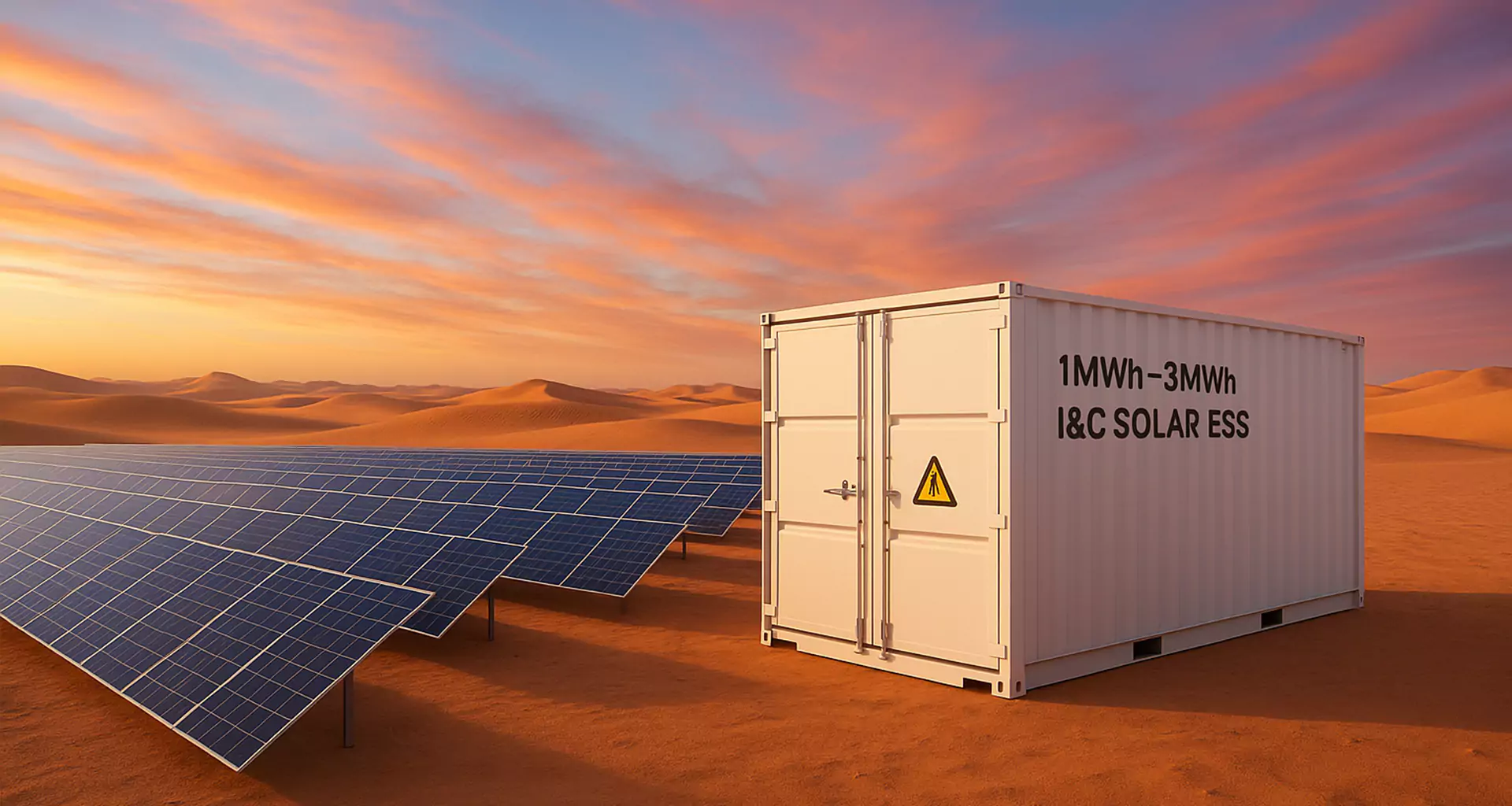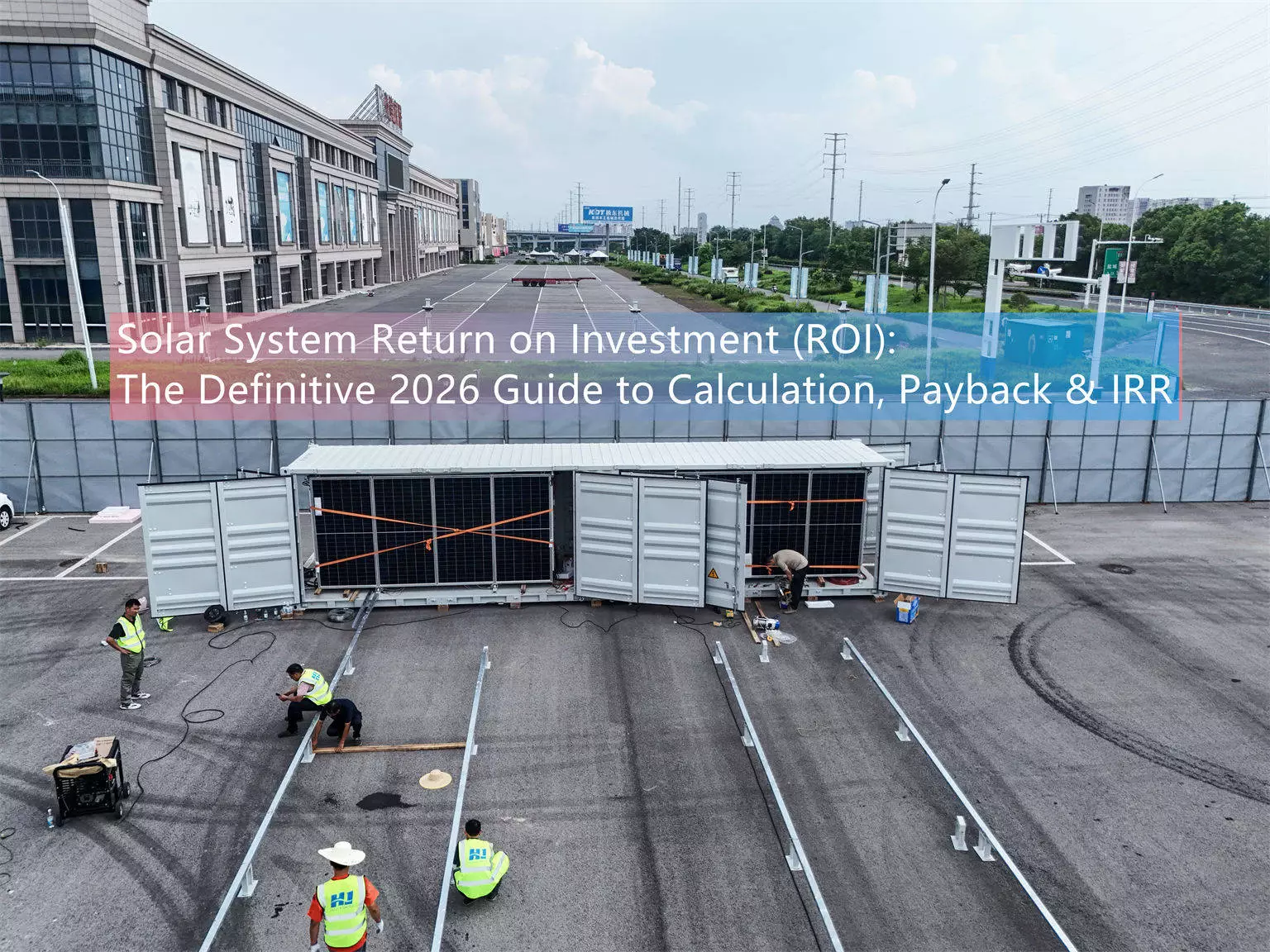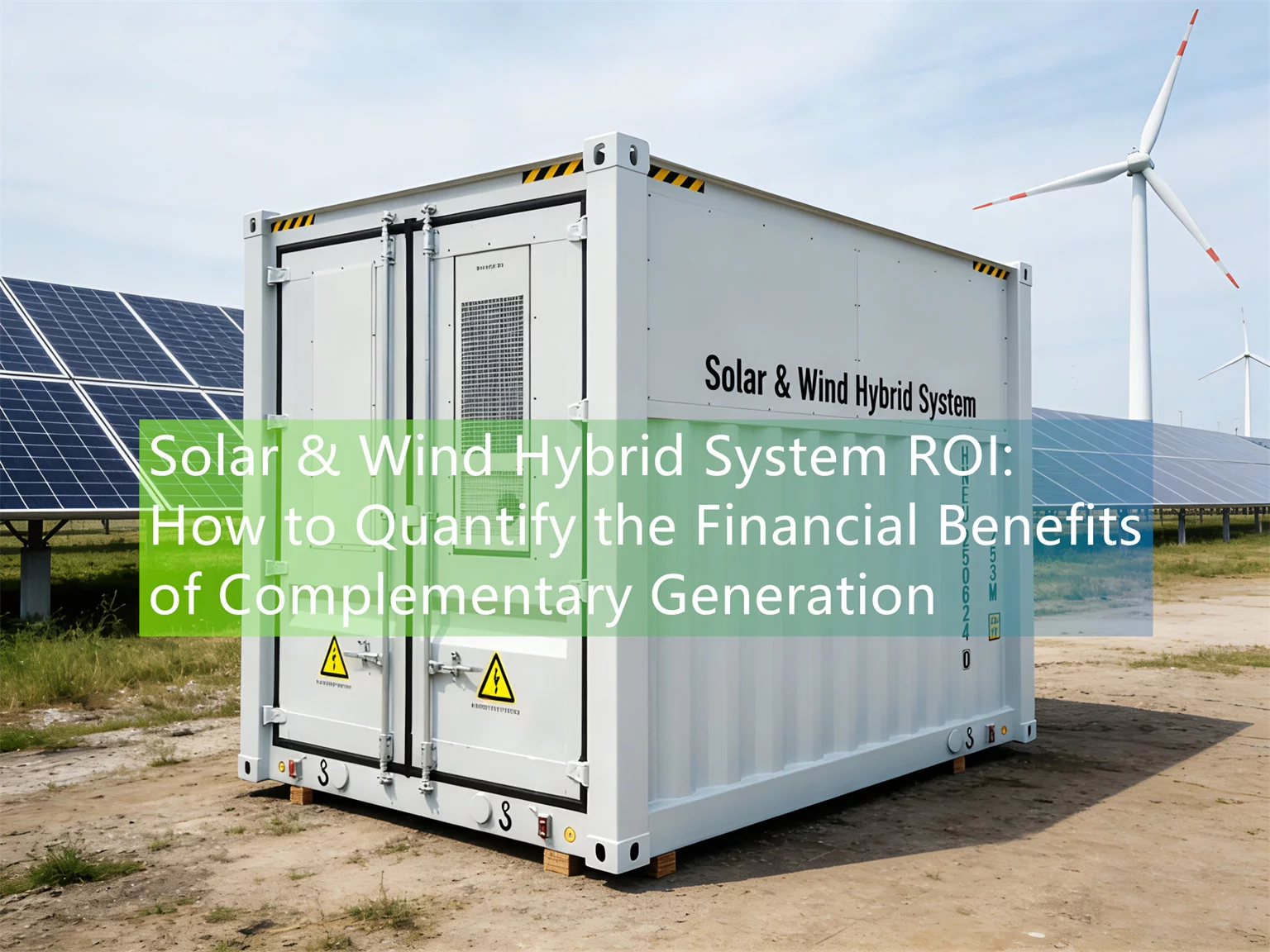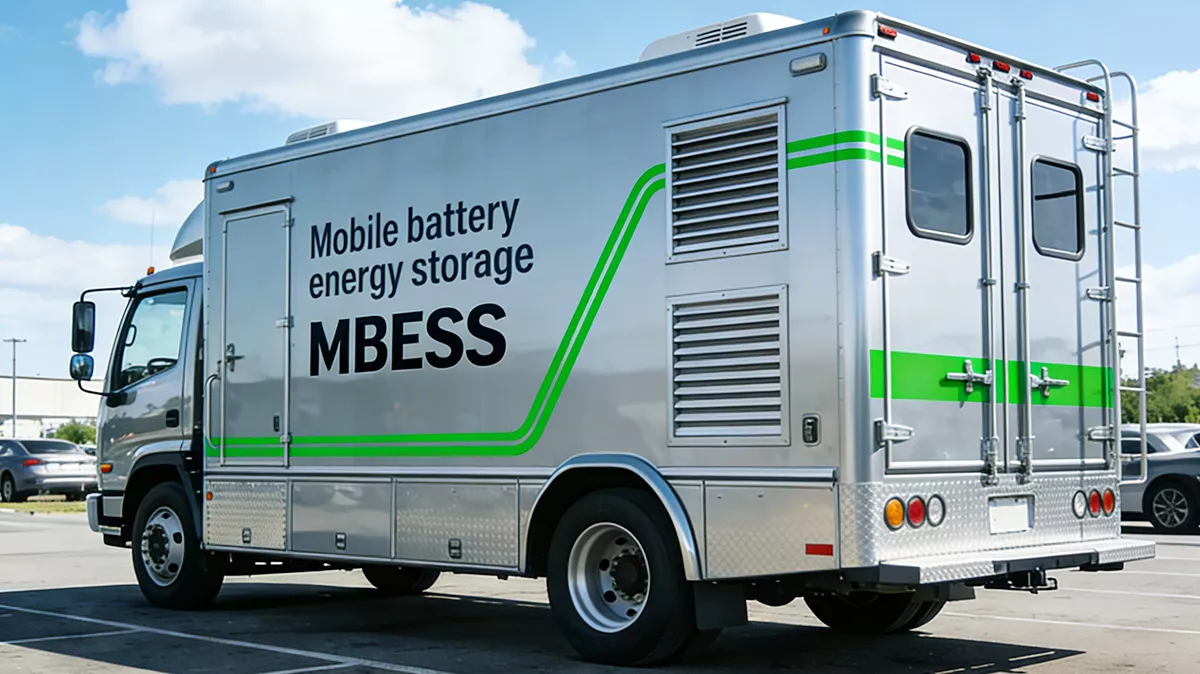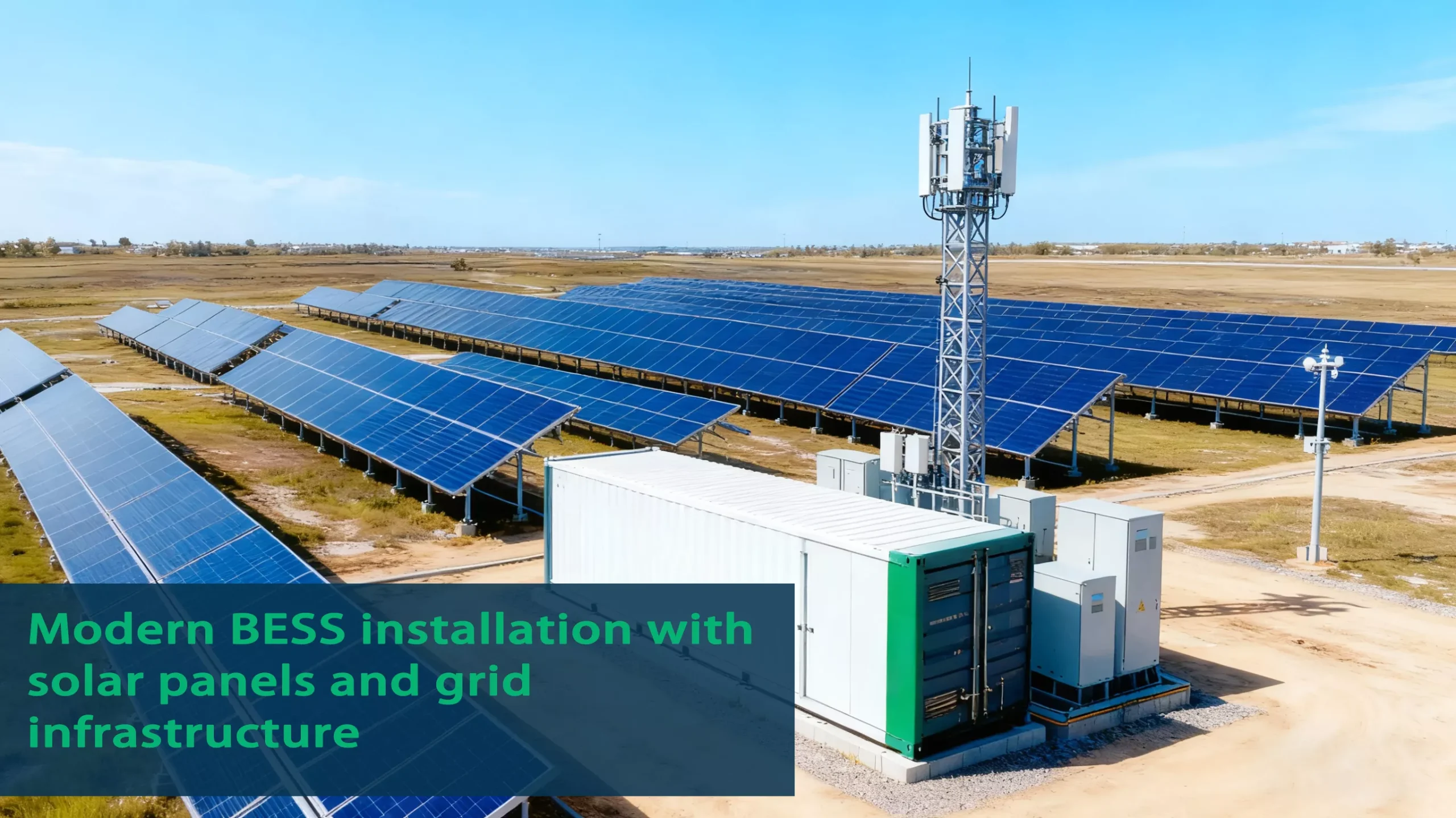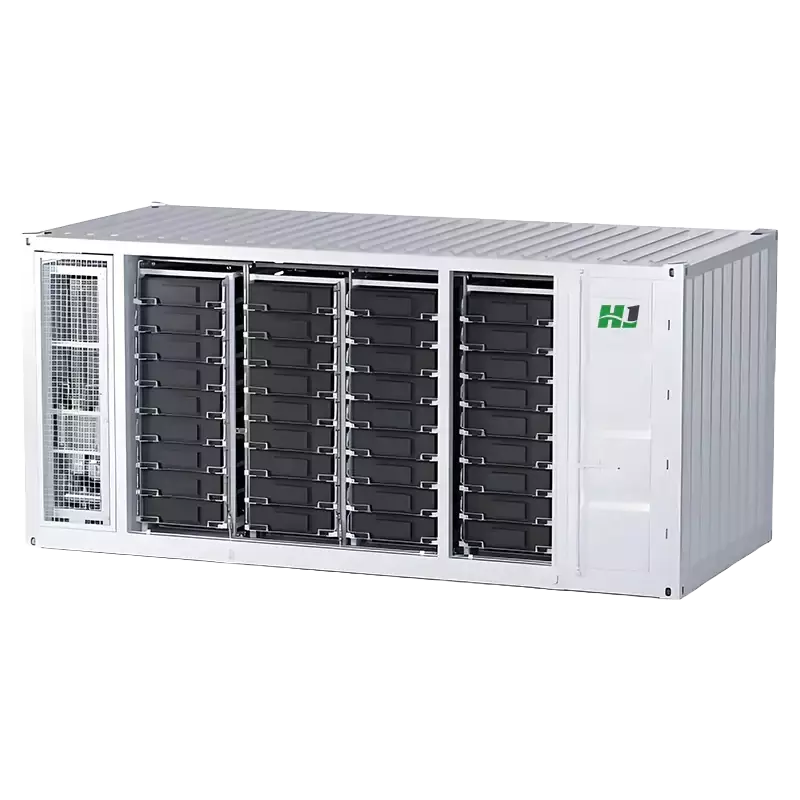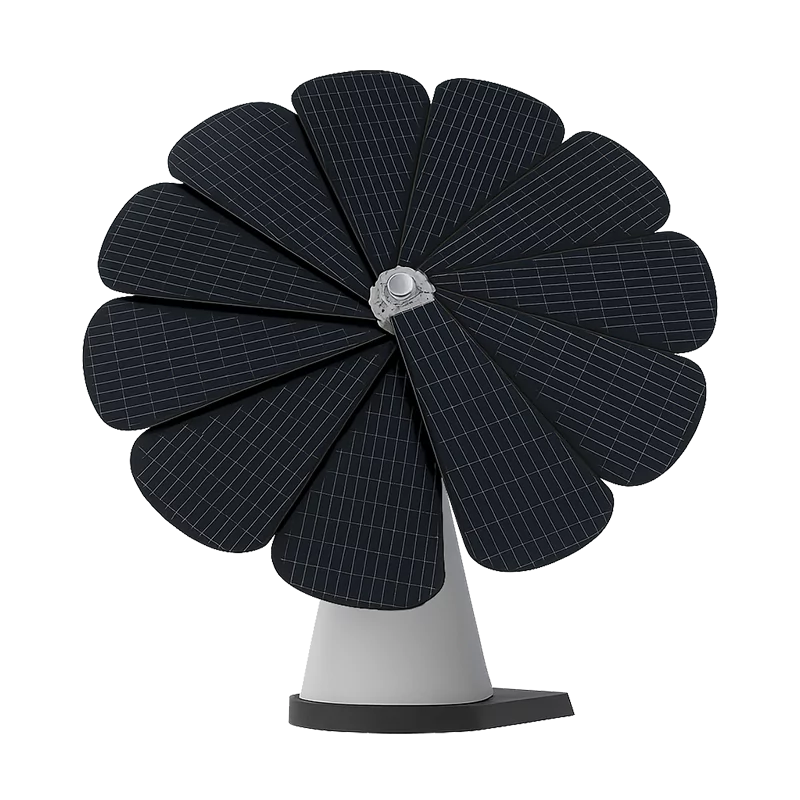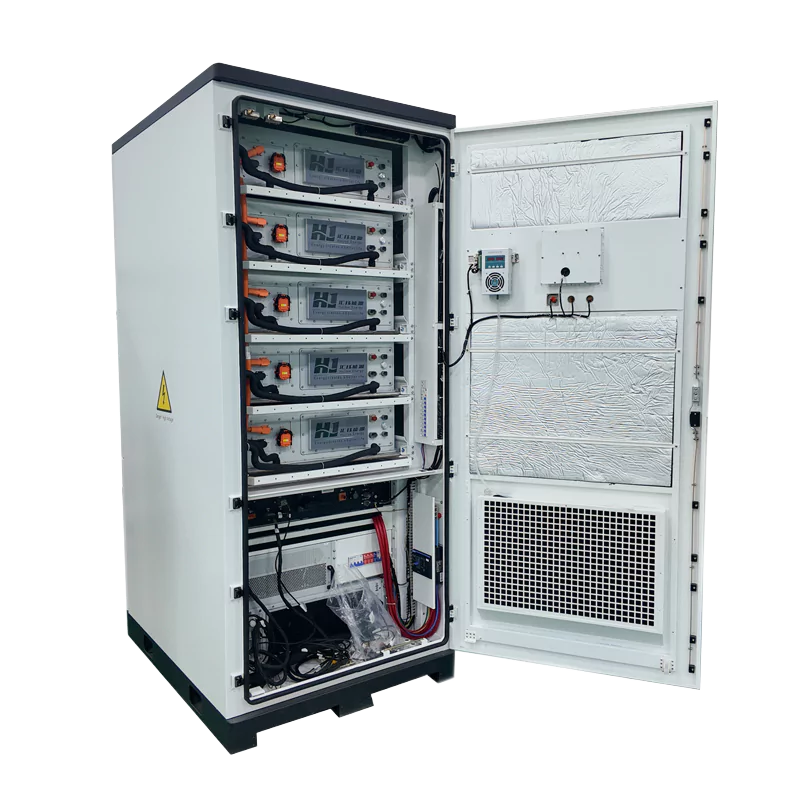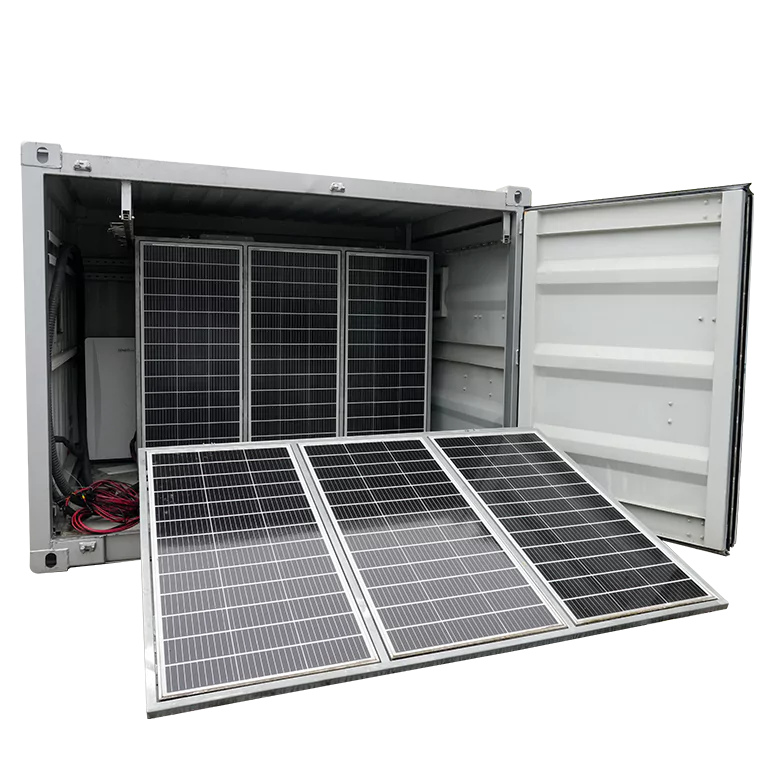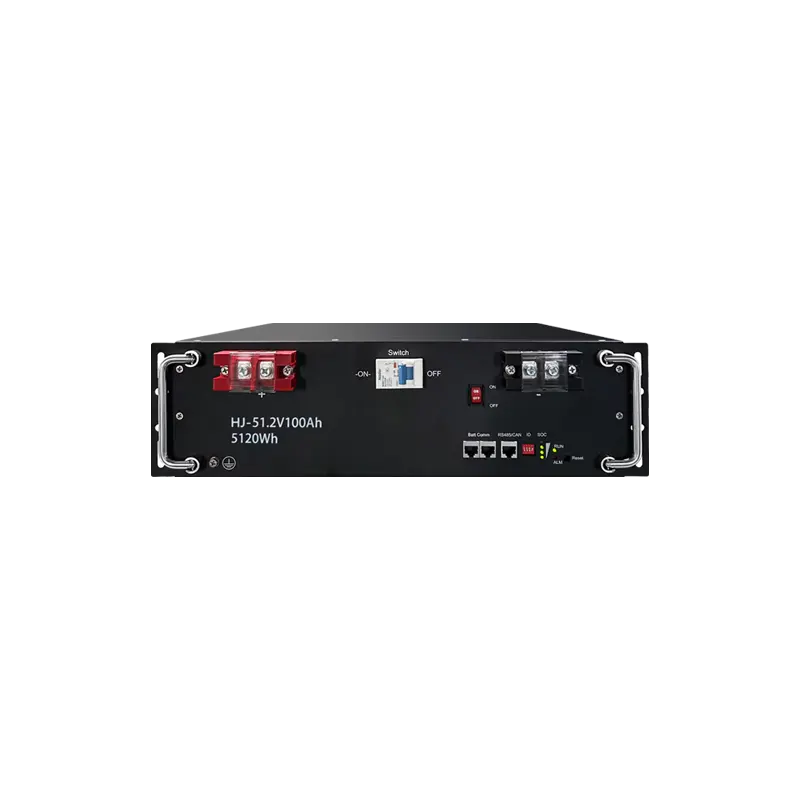The 314Ah Large-Capacity Battery Cell Leads the Household Energy Storage Revolution
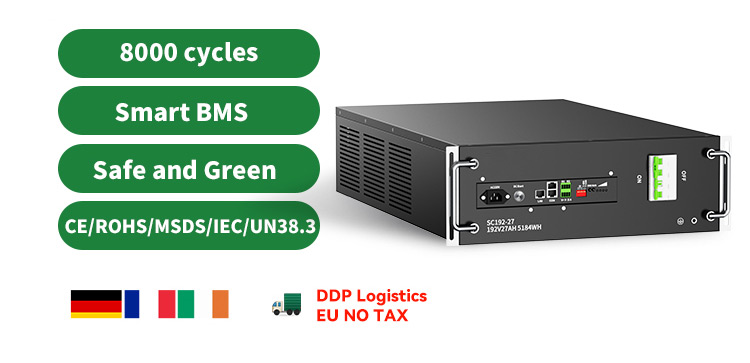
With the acceleration of the global energy transition, the advancement of energy storage technology has become an important driver for the development of distributed energy.
Especially driven by the demand for cost reduction, efficiency improvement, and performance enhancement, large-capacity battery cells are showing strong application potential
across various scenarios.
Among them, the 314Ah battery cell, a representative of second-generation energy storage cells, has become the mainstream in large-scale energy storage and
is quickly expanding into the commercial, industrial, and household sectors.
Technological Progress and Market Trends
Industry forecasts suggest that the global penetration of 314Ah battery cells will reach 70% by 2025. In household energy storage, these large-capacity cells
are revolutionizing system design by reducing lifecycle costs.
Companies like Xi’an Tutu Electric and Shangneng Electric are leading this innovation:
- Xi’an Tutu Electric: Introduced a smart high-voltage parallel module supporting 280/314Ah cells, integrating DC/DC converter and BMU, reducing PACK cost per kWh by 40%.
- Shangneng Electric: Launched a new-gen PV household storage solution with 6x335Ah cells per pack (up to 25.6 kWh), plus a 6D active safety system.
- Kole New Energy: “Yijia Energy Storage” series achieves 3.2V to 220V step-up with 500W output, delivering high power at low cost.
- highjoule: Integrated 314Ah cells into full product lines (home, commercial, station storage), enhancing performance across smart cabinets and smart city solutions.
Why 314Ah Stands Out
The 314Ah cell offers ~12% more capacity than the 280Ah cell, with the same dimensions. Its low-impedance design raises the voltage platform, enhancing system efficiency
and minimizing losses from inconsistencies.
highjoule applies this technology to various smart infrastructure products including smart manhole covers, optical distribution locks, and EV charging piles — all delivering
enhanced reliability and performance.
Challenges and Solutions
Despite the promise, challenges remain:
- Safety: Thermal runaway risks require better thermal management and safety systems.
- Manufacturing: Consistency and structural stability must be improved to reduce defects.
- Compatibility: Requires matching with suitable BMS, inverters, and cross-brand equipment.
A popular solution is the use of low-voltage batteries with DC/DC boost, which not only reduces costs but also allows flexible use of old and new batteries,
extending system lifespan.
Future Outlook
By 2025, upgraded household systems of 14–16 kWh will target markets like Japan and the U.S., supporting more residential energy scenarios.
Standardized and modular designs will improve flexibility and user adaptation.
Large-capacity battery cells are transforming household electricity use — boosting self-sufficiency and reducing grid dependence. With continued tech progress and falling
costs, home energy systems are heading toward a smarter, more efficient “one-week self-circulation” era, opening a new chapter in green living.
Find Your Solar + Battery Storage Specialist Now!
* Fill out this form and our experts will help you find the perfect solar storage solution for your home or business.


